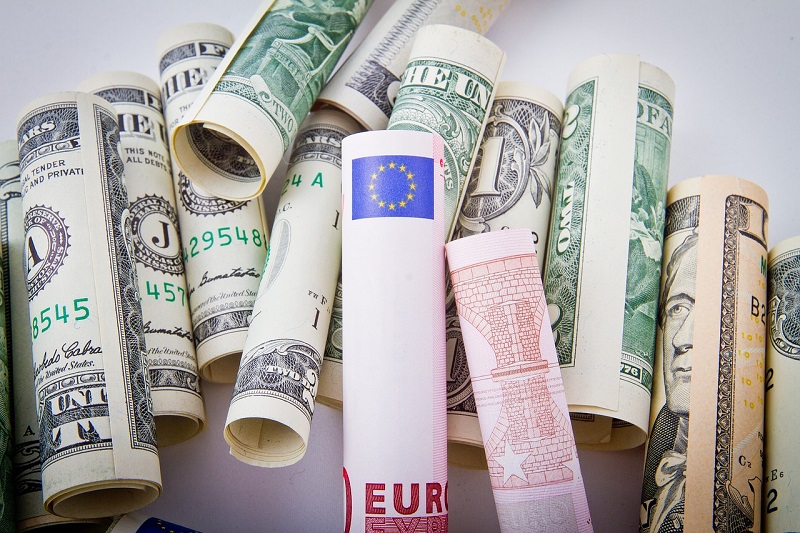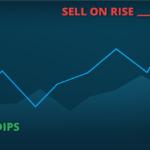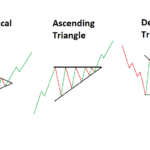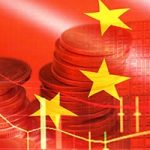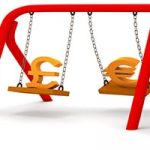High Frequency Economics’ chief economist, C. Weinberg recently told Barron’s that what defines the EUR/USD relationship at present is the US’s continuing recovery from the 2008 recession and Europe’s depressed state of affairs.
As the United States continues to recover from The Great Recession, the actions of the Federal Reserve will have the most pronounced impact on the EUR: USD relationship.

The reason for this is the US’s multi-trillion dollar financing of the world’s financial system – public and private. QE-3 is just one aspect of this, a monthly $85bn investmentAn asset (usually money or work) provided to another in expectation of receiving a cash return or be... in treasury bonds and mortgage-backed securities monthly by the FED, aimed at maintaining low-interest rates environment in the US.
This includes a currencyA financial medium for the exchange of value. In economics, it is the monetary system employed by a ... swap program that targets the Euro-Dollar exchange rateThe rate for buying one currency using another..
A Questionable Investment
There are many reasons that the FED invests so heavily in the Euro. A strong Euro enables US exporters to sell goods and services at a discount to the EU.
However, it also makes European exports to the US much more expensive. This is particularly detrimental to Germany – a member of the Euro Zone that relies heavily on exports, and to whose advantage a readjustment of the relationship would be.
A strong Euro is also positive for Japan and China, for whom exports to the US and Europe are crucial – about 40% of GDP in China’s case.
A Euro with more buying power keeps the world’s second-largest economy growing, which is critical as the People’s Republic is the largest consumer of many commodities.
As for Japan, exports to Europe are now the only lifeline it continues to have, following 22-plus years of its “Lost Decade”.
How Low Can You Go?

There will always be a floor, and the EUR/USD cannot afford to fall below a certain threshold, and consequently, US taxpayers will continue to preserve the structure of EU-US trade through the services of the US Federal Reserve.
This will continue despite the United States’ continued recovery from the Great Recession.
Federal Reserve Chairman Ben Bernanke stated in his speech in September 2013, introducing Quantitative EasingA tool used by central banks to stimulate the economy by purchasing securities from the market and/o... III, that the intent of the program was to reduce US unemployment to 6.5%.
That cannot occur unless Europe, China and Japan continue to absorb US exports. For that to transpire, the EURUSD must maintain its current range.



